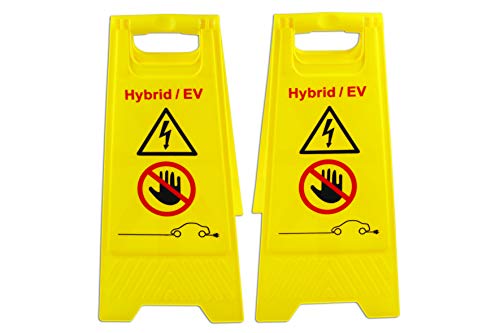Hey, welcome to the forum!
About the motor – at 200,000 km, it's doubtful the motor itself is the issue. I’d lean more towards wiring or the MCU, like you mentioned. OBD should give you a clear direction, so definitely check the error codes. Great that you already have experience with the Leaf – that'll help for sure!
Also, if the 12V battery was replaced, the issue might be with the relays or BMS. Worth checking that too!
About the motor – at 200,000 km, it's doubtful the motor itself is the issue. I’d lean more towards wiring or the MCU, like you mentioned. OBD should give you a clear direction, so definitely check the error codes. Great that you already have experience with the Leaf – that'll help for sure!
Also, if the 12V battery was replaced, the issue might be with the relays or BMS. Worth checking that too!




































